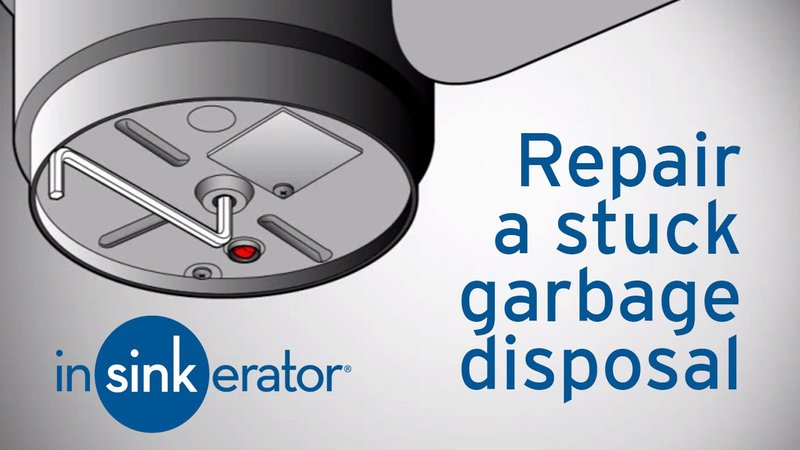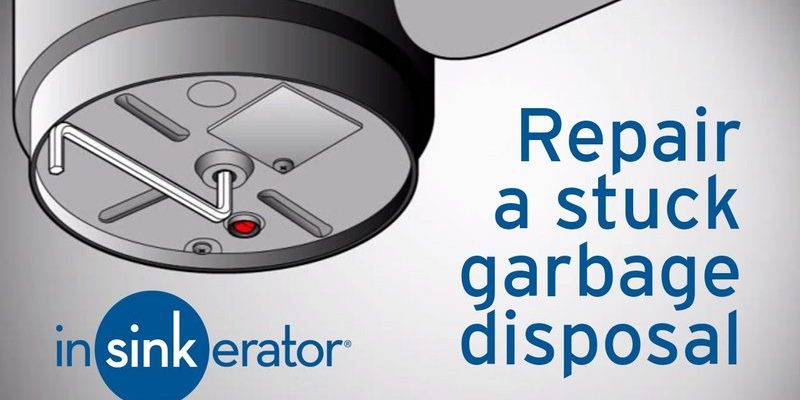
The F2 error, in simple terms, relates to an overload or a circuit issue with your garbage disposal system. Think of it like when you have too many tabs open on your computer, and it starts to slow down or freeze. Your Insinkerator is experiencing something similar, and it’s trying to tell you that something has gone off balance. Let’s dive into understanding this issue better and explore what could be triggering this error, and most importantly, how you can get things back up and running smoothly.
Understanding the F2 Error Code
When you see an F2 error on your Insinkerator, it’s essential to understand why it occurs. The F2 stands as an indication of an overload condition, which means the disposal is experiencing an excessive electrical demand. It’s sort of like when you’re trying to run a marathon without any training; your body will likely tell you to slow down or stop. Similarly, the disposal is telling you it’s been pushed beyond its limits.
This error can be caused by several factors, including a jammed rotor or a mechanical failure within the unit. A jam typically occurs when something hard, like a bone or a utensil, gets caught in the blades, stopping them from turning freely. Imagine trying to ride a bike with a chain that’s come off the gears; it just doesn’t work like it should. The F2 error is the machine’s way of saying, “Help, I’m stuck!”
Another potential cause is an electrical issue, often related to the circuit the disposal is connected to. If the circuit breaker trips frequently or is unable to handle the load, the disposal might send out an F2 signal. It could also arise from a faulty power supply or even loose wiring, much like a wobbly plug in an outlet that just can’t seem to stay connected.
Tackling Mechanical Jams
If your Insinkerator is flashing the F2 error code due to a mechanical jam, the solution might be simpler than you think. First, always ensure your safety by turning off the power to the disposal unit. You wouldn’t want to be surprised by a sudden jolt of electricity, right? Once it’s safe, inspect the disposal for any visible obstructions. Sometimes, a piece of glass or a foreign object might just be lurking inside.
To clear a jam, you can use an Allen wrench, which fits into a slot at the bottom of most disposals. It’s like giving a push to a stuck drawer until it finally slides open. Gently turn the wrench back and forth to manually rotate the disposal’s blades and dislodge any obstructive items. Once cleared, reset the system by pressing the reset button, usually located at the bottom of the unit.
If you’re still having trouble, you might need to physically inspect inside the disposal. Carefully remove any items stuck between the blades with pliers. This step requires a bit of patience but can save you from needing a professional repair, much like DIY fixes save you from calling in an expert right off the bat.
Electrical Issues and Solutions
On the electrical side of things, if the F2 error is due to a power issue, begin by checking the circuit breaker. Much like resetting a router when your Wi-Fi goes down, flipping the breaker off and on can sometimes solve the issue. Ensure the breaker isn’t tripped; if it is, reset it and see if that clears the error.
Loose wiring could also be at fault. If you’re comfortable with DIY electrical work, you can remove the disposal and check the wiring connections. Make sure everything is tight and secure, because even a small loose wire is like a shaky bridge—one wrong step could lead to a collapse.
If you’re not confident handling wiring, consider calling a professional electrician. They can help diagnose the issue comprehensively. Fixing electrical issues promptly can prevent further complications, like what happens when you ignore a leaking faucet—sooner or later, it’ll lead to a bigger problem.
Prevention Tips for Future F2 Errors
You might be thinking, “How can I prevent this from happening again?” The good news is that a few simple preventative steps can keep your Insinkerator in top shape. Regular maintenance goes a long way, much like changing your car’s oil regularly prevents engine problems.
Avoid putting fibrous, hard, or large food items in the disposal. Think of the disposal as having dietary restrictions; it can handle some things, but not everything. Run cold water while using the disposal to help clear any waste, and never overload it. Overloading is like packing a suitcase too full; something’s bound to give.
Lastly, keep an eye on your disposal’s performance. If it sounds different or isn’t working as well as usual, don’t ignore these signs. A little attention goes a long way in keeping your kitchen running smoothly. Regularly clean the disposal with a mixture of ice and salt or a vinegar and baking soda solution to keep it fresh and clog-free.
Following these tips can help you avoid the frustrating F2 error and keep your kitchen duties hassle-free. Remember, understanding and maintaining your disposal will not only prevent future errors but also extend its life, saving you time and money in the long run.
